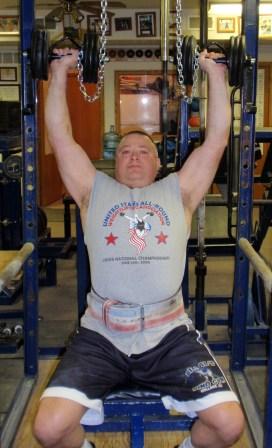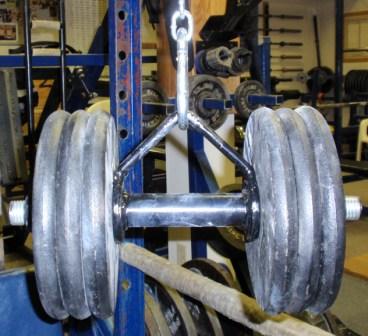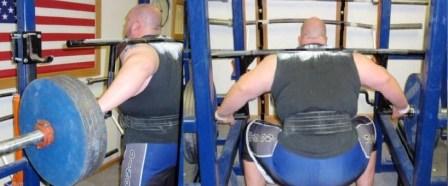Dear Dino Man
by Al Myers
I get HUNDREDS of questions per month from individuals pertaining to weight lifting or other matters since I have been webmaster of the USAWA Website. I guess that goes along with making your email address publicly known on a website. People are always looking for free advice and the internet provides plenty of it – some good and some not so good. I try to respond to most questions, but there are lots I don’t get around to. I hate to deprive the USAWA Daily News readers of these “email exchanges” so I’ve decided to start an advice column to share some of these questions and my responses. Maybe it will answer a few questions that I repeatedly receive, and cut out having to answer the same question over and over again. I have decided to name this column Dear Dino Man. I am leaving off the names of the email senders – to insure confidentially and possible embarrassment.
Dear Dino Man,
I am interested in all round weightlifting, and would like to know where to find out more information and a listing of the competitions. Where do I find this?
It’s all on the USAWA website – the same place you found my email address.
Dear Dino Man,
Our company (fill in the blank) sells (fill in the blank) and would like you to link our website to yours. Would you do that?
Sure – and how much do you plan to donate to the USAWA in yearly sponsorship? (followed by no response from the sender).
Dear Dino Man,
Im 17 years old and been liftin waites for 6 months now. Me and mine buddies is allready lot stronger than u guys. We train at the high school, and coach tells us we need to do a liftin meat cuz wear so good. We think ur meats sound fun and we no we would be da champions. How big uf trophes will get?
For the time being, it sounds like it would be best if you focus on your academic studies, and if you get time take a course in humility.
Dear Dino Man,
Is the bench press and the roman chair bench press the same thing?
No, not even close.
Dear Dino Man,
I really enjoy the USAWA website! Thank you for the refreshing approach to weightlifting that I don’t see any more. I especially like the stories written by Thom Van Vleck. Is he someone famous?
Thom is indeed someone famous! He has written many articles published in MILO and other strength publications. He has weight trained for over 30 years and has a wealth of lifting knowledge. He has directed many competitions (Highland Games and Weightlifting) and is a real leader in the strength World. He is also the assistant webmaster of the USAWA website. I only wish he would contribute a little more often instead of leaving most of the work to me.
(Disclaimer: Dear Dino Man provides answers that may fall into the grouping of “not so good” amongst the multitude of free internet advice)


